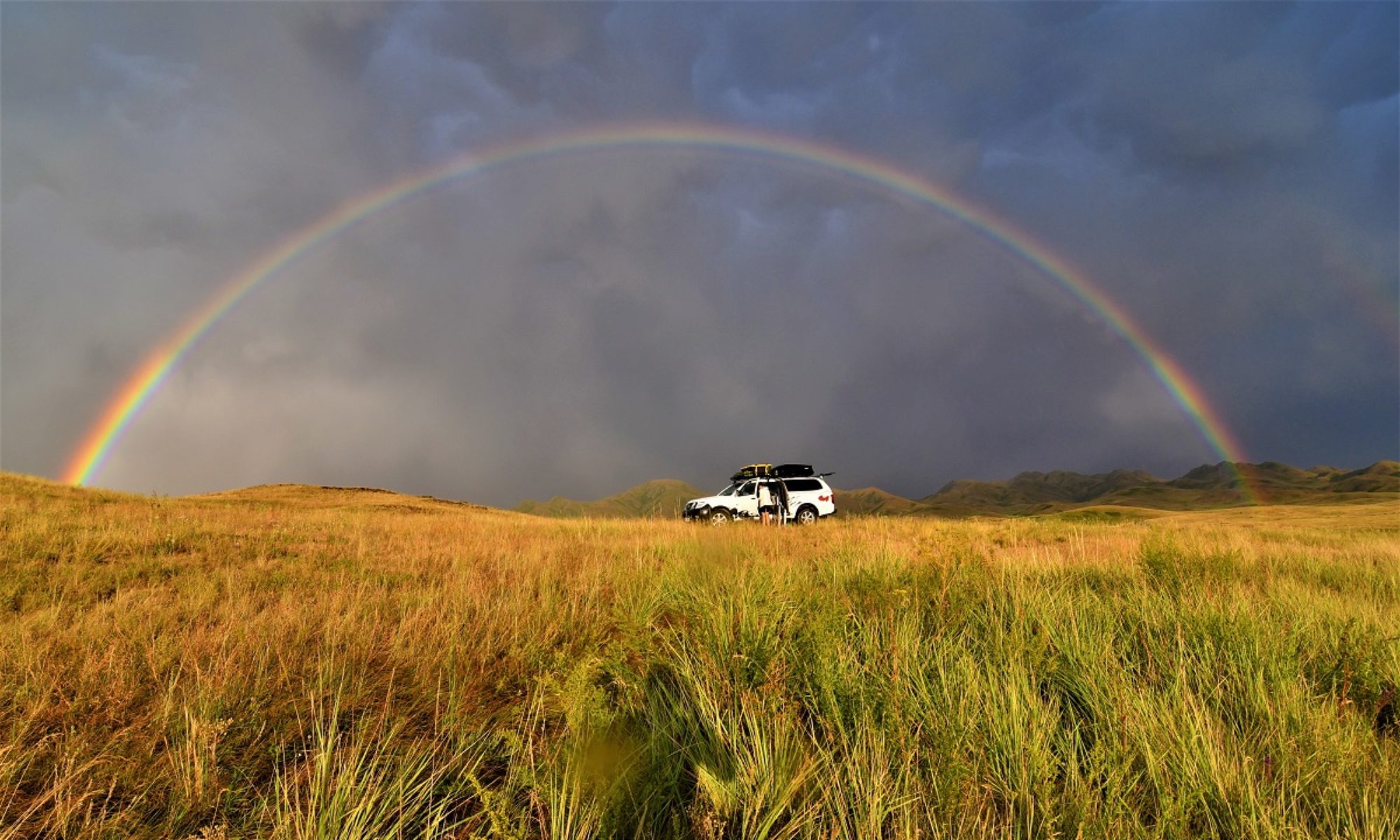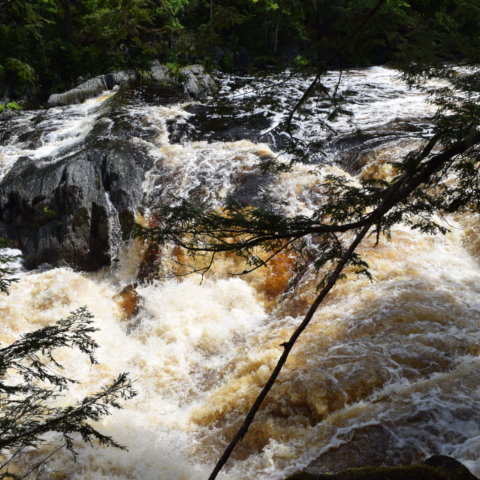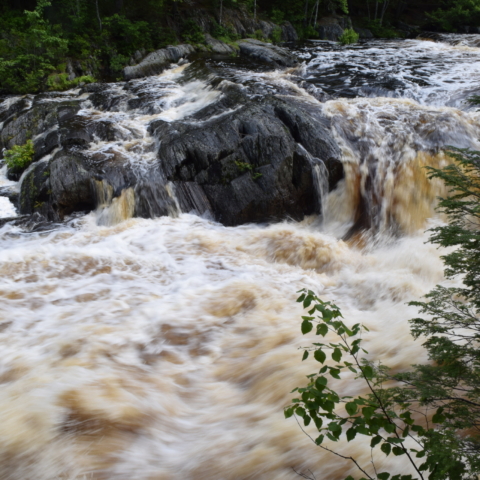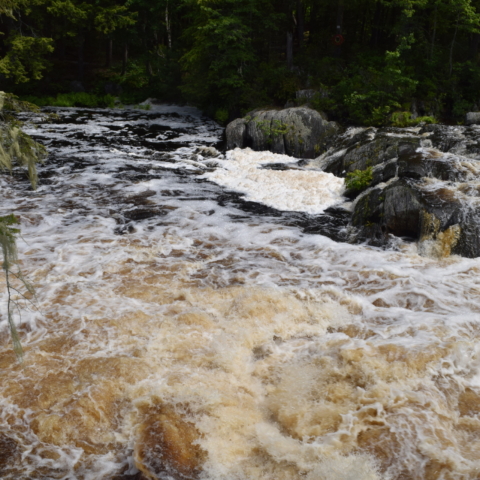June 19 – June 21, 2023
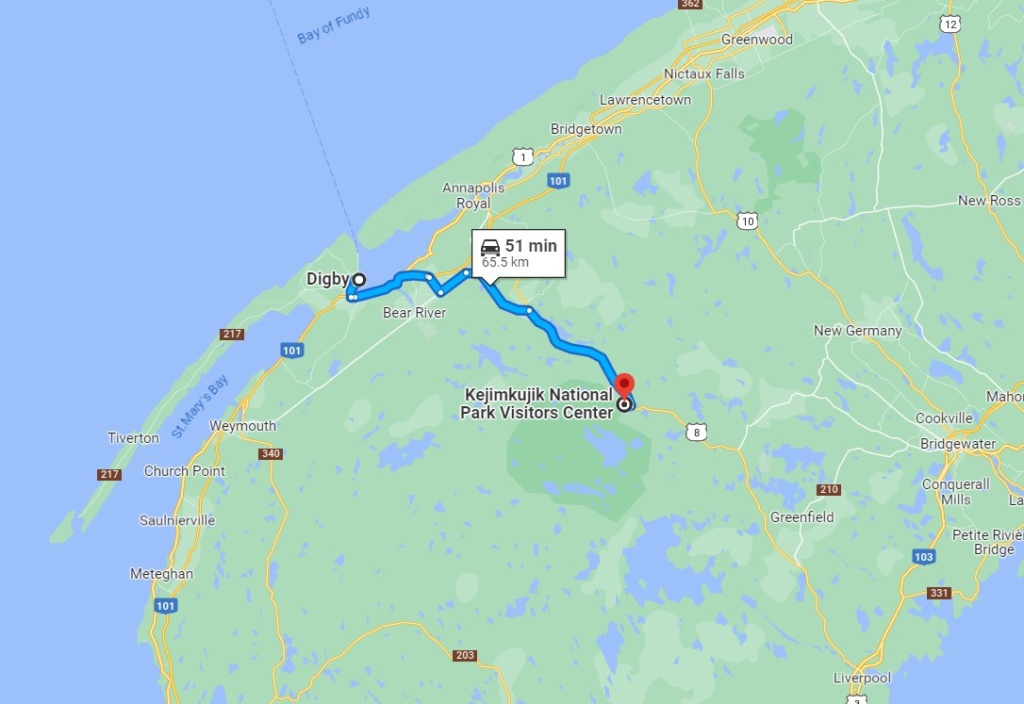
Kejimkujik National Park ( Keji for locals!)
Most National Parks are focused solely on the natural facets of the area. However, like Mesa Verde in the United States, Kejimkujik incorporates a historical area as well. The park is comprised of historical features that include habitation sites, burial grounds, hunting and fishing sites, as well as petroglyphs, witnesses to more than 4,000 years of history of the Mi’kmaw population who used to inhabit these lands.
The area is densely forested and includes Lake Kejimikujik , the largest lake in the National Park and the second-largest freshwater lake in the province. It covers approximately 10.04 square miles (26 sq km) and is a source for activities such as fishing, canoeing and kayaking or even swimming when the weather is right !
We camped there for two nights (they had great showers in a newly refurbished sanitary block, always a plus for us!!!).
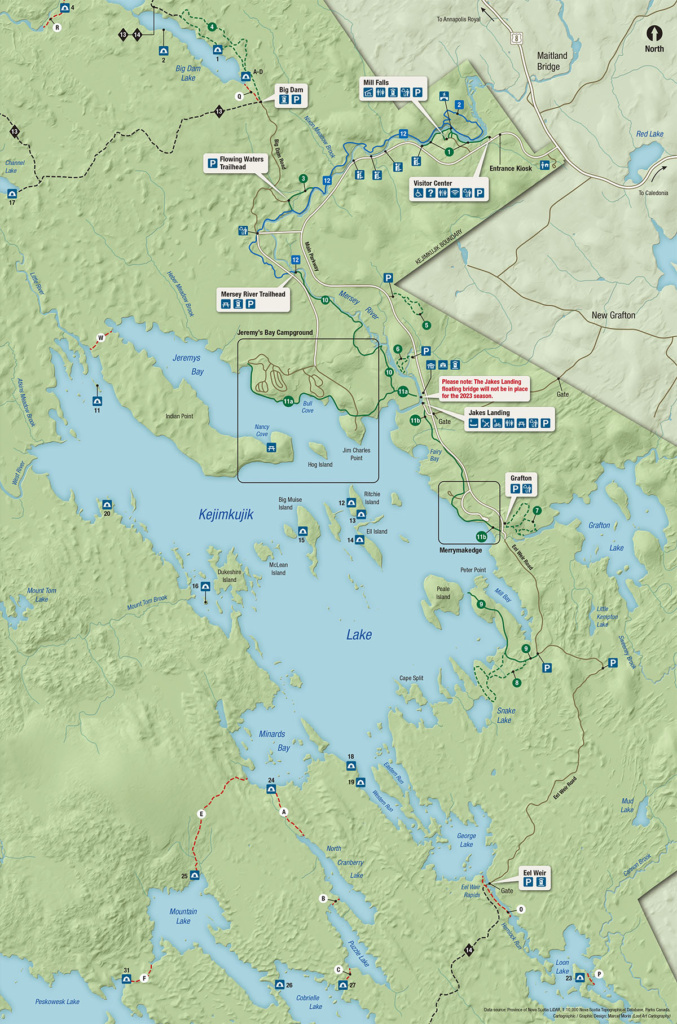
We did a couple of hikes, one along the Mersey River. The water appears to be brown because it goes through boggy terrain and the tannins gives it colour. Natural substances in the water (saponins) are like natural soaps and when they fall over a waterfall they form stable foam.
[Click on picture to open gallery]
We were there on Indigenous day too! a celebration of the local Mi’kmaw culture, with various activities for children and adults.
The day was open by a traditional welcome song.
Smokey Point Big Drum Group with a long 18 people canoe in the background.
In the afternoon we decided to rent a canoe and drove to Jake’s landing on the shore of Lake Kejimkujik. (rental was C$35 +tax for 2 hours). We were given life jackets, paddles and a map! The lake is massive and it is easy to get disorientated once on the water …
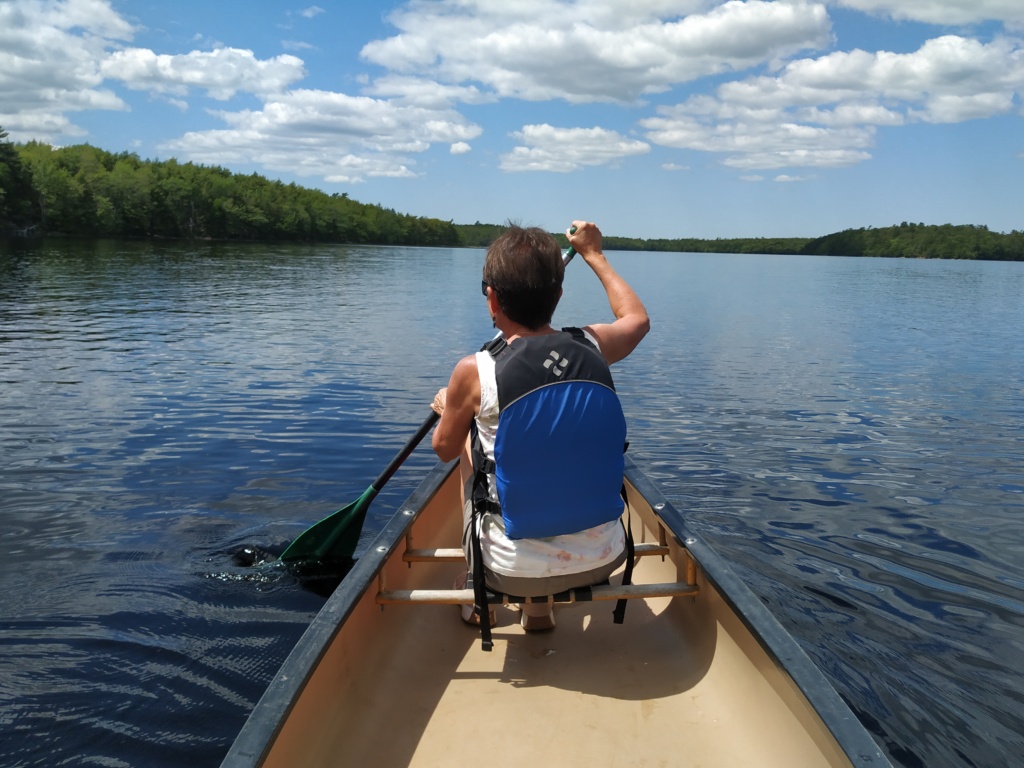
Last night, Paul discovered he had been biten by a tick on the inside of his upper arm. Ticks are an endemic problem in Canada and especially in this part of the country which has lots of water and dense forest.
